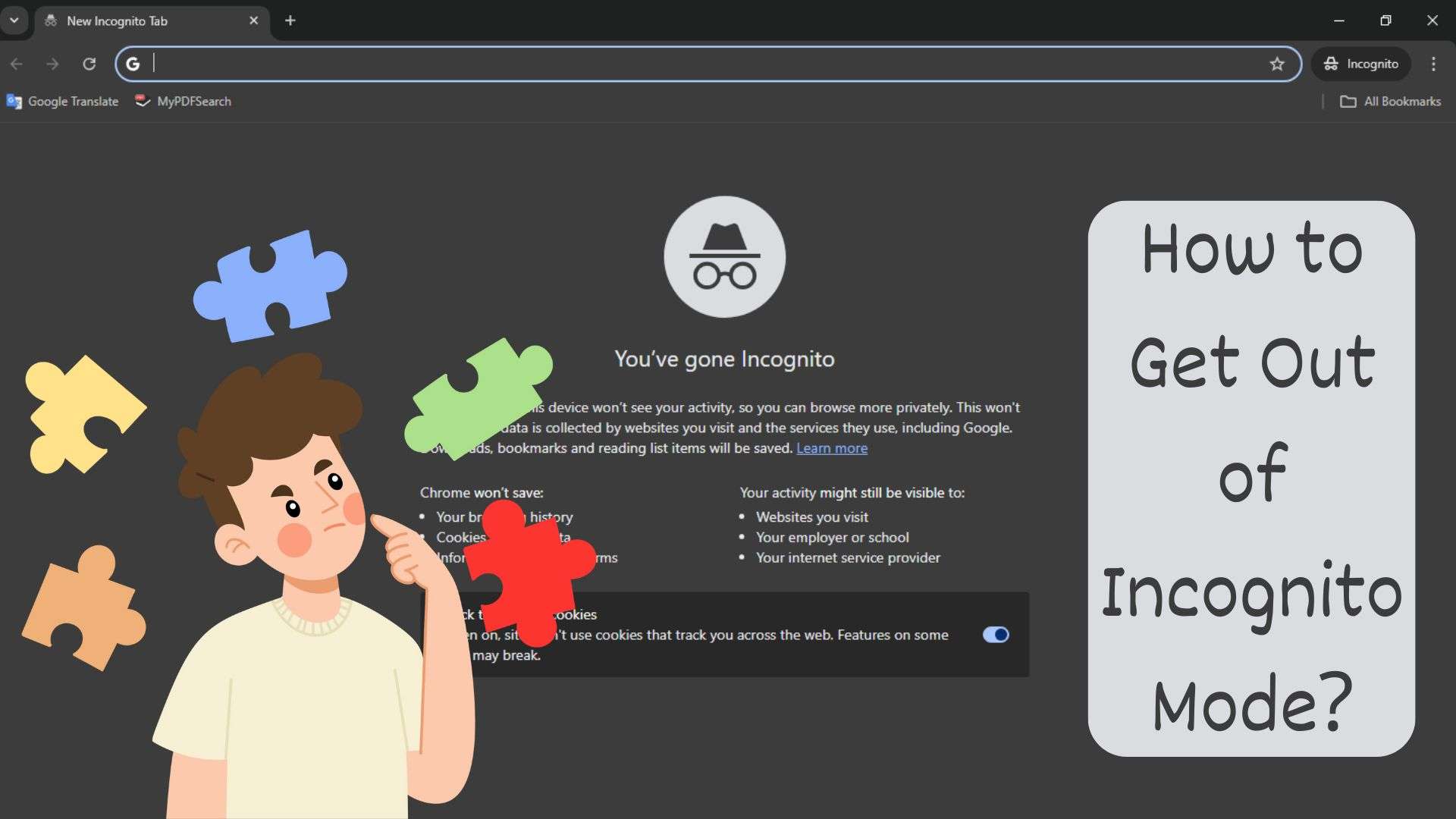
You might think closing the app is enough, but that’s not always the case. Many users stay stuck in private browsing sessions without realizing it, especially on Chrome’s incognito mode across devices like Android and iPhone. A recent trend shows an increase in searches like how to get out of incognito mode or disable private mode, indicating how common this issue is.
Incognito mode in Chrome does not save browsing history, but it also runs separately from regular tabs. So, if you forget to close the incognito window, it keeps running in the background. That’s why learning how to get out of incognito the right way is necessary.
This article walks you through quick solutions for Chrome on Windows, Android phones, and iPhones to properly close incognito mode. Follow the steps below and stop browsing privately when you no longer need to.
What is Incognito Mode?
Incognito mode is a private browsing feature built into most modern web browsers, including Google Chrome, Firefox, and Safari. When a user opens an incognito window, the browser does not save browsing history, cookies, site data, or information entered in forms. However, it does not hide activity from websites, employers, or internet service providers. Incognito mode in Chrome is useful for signing into multiple accounts or conducting sensitive searches. Altogether, it provides a temporary session where minimal data is stored locally but does not ensure complete anonymity online or prevent tracking by third-party services or networks.
Difference Between Normal Mode and Incognito Mode
Normal browsing mode saves your browsing history, cache, login details, and site preferences for future sessions. Google Chrome, Firefox, and Safari all follow this default setting to enhance user convenience and functionality.
Incognito mode, conversely, does not store cookies, history, or form data after closing the session. This makes it ideal for temporary tasks that require privacy. Nonetheless, extensions and some settings may still run unless explicitly disabled. Chrome, for instance, shows a clear difference by labeling incognito tabs with a dark theme and private icons to distinguish them from normal ones.
How to Get Out of Incognito Mode? 5 Simple Ways
Using incognito mode can be helpful for private tasks, but knowing how to get out of incognito mode correctly is essential. Whether you’re on an Android phone, Windows device, or iPhone, the steps vary slightly. This guide outlines how to properly exit incognito mode, disable it if necessary, and switch back to regular browsing. Private browsing sessions do not save your browsing history, but they do leave temporary data until all incognito windows are closed. Follow the steps below for each web browser.
1. How to Get Out of Incognito Mode in Chrome:
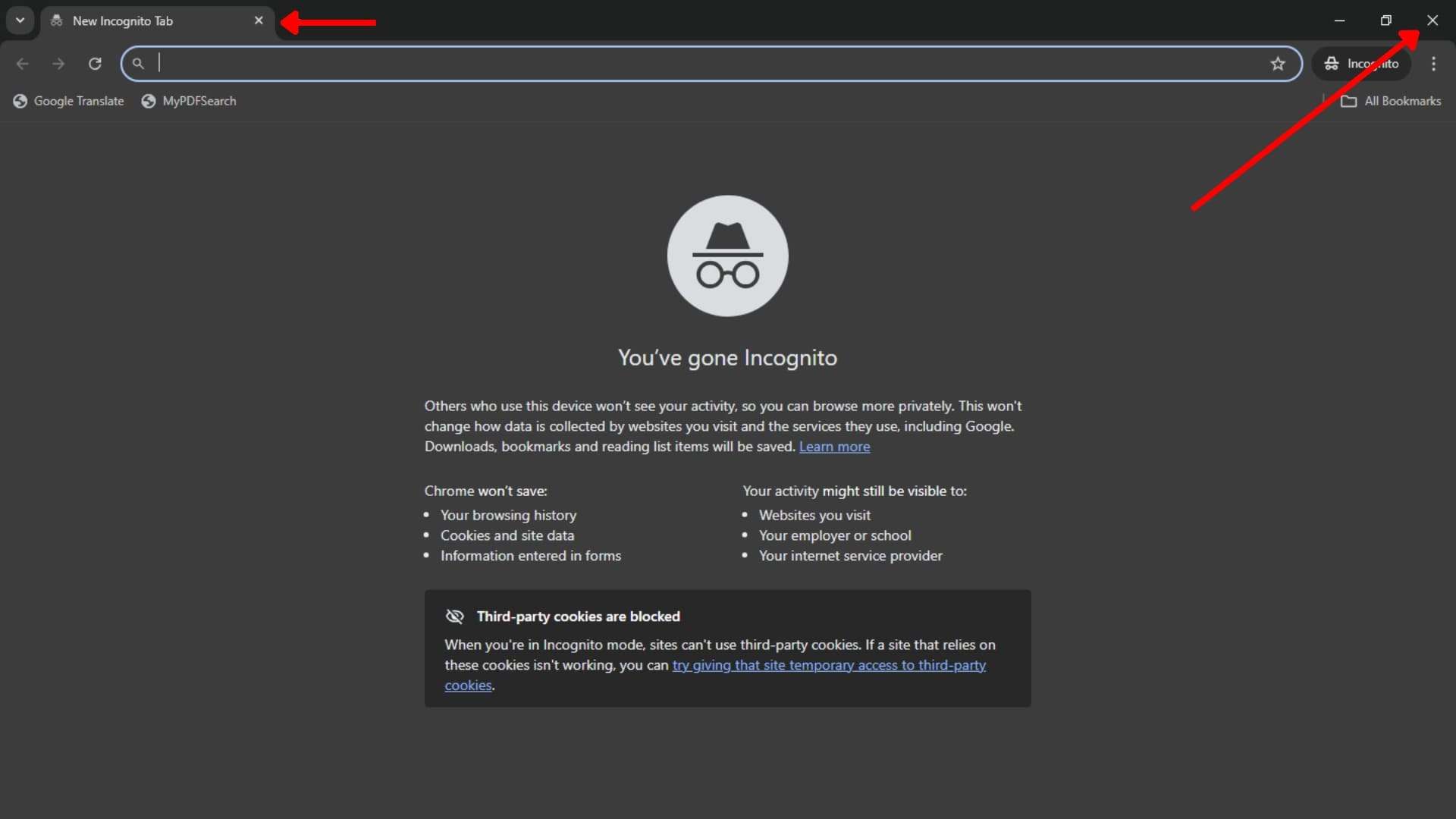
- Open Chrome on Windows and check for any open incognito tab indicated by the dark theme.
- Click the “X” on each incognito window or select “Close All Incognito Windows” from the taskbar.
- If you are using Google Chrome as your default browser, ensure all private tabs are closed.
- Once you close all sessions, Chrome’s incognito mode will stop running and restore regular browsing.
- You may also choose to disable incognito mode in Chrome by editing the system registry on Windows.
2. Steps to Turn off Incognito Mode on Firefox:
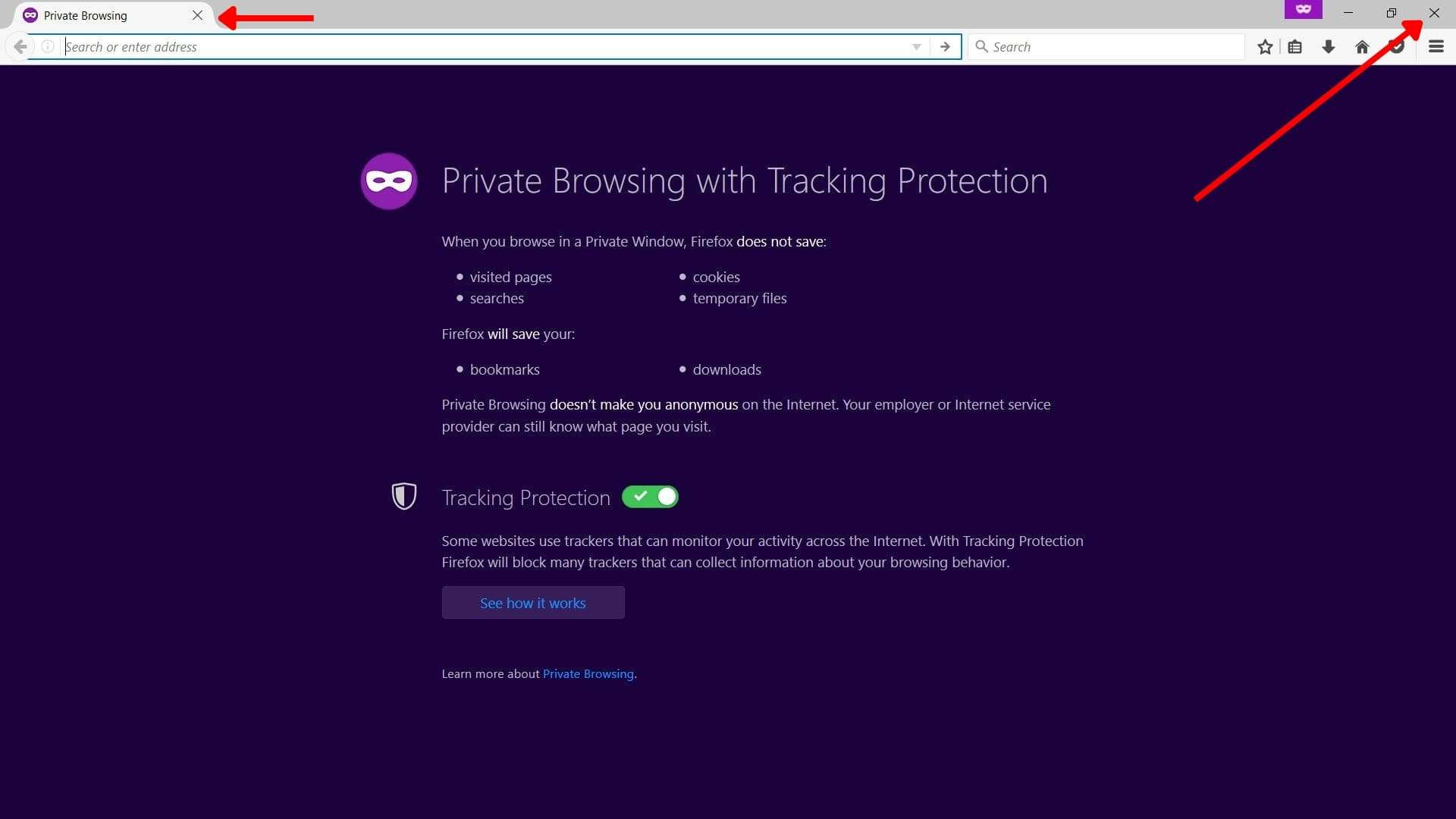
- Open Firefox and identify any private window from the purple icon in the top-right corner.
- Click on the menu (three lines) and select “Close Window” to exit each private browsing mode.
- Repeat the process until all private browsing sessions have been shut completely.
- If you want to block or disable incognito, install an extension that prevents incognito or private usage.
- Firefox does not save browsing activity, but websites you visit may still track your behavior indirectly.
3. How to Disable Private Browsing in Safari:
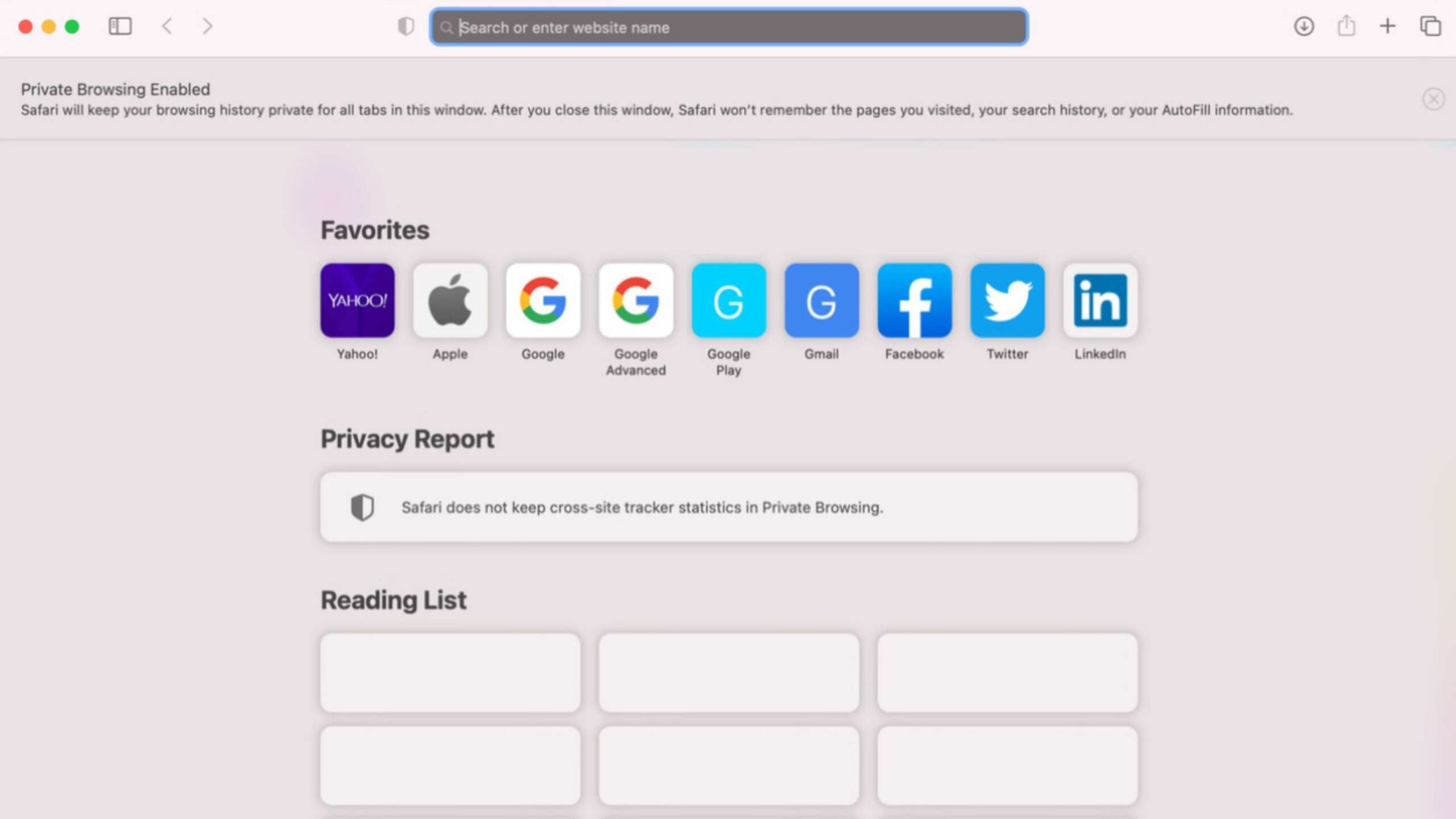
- On a Mac, open Safari and check for any active private browsing windows with a dark address bar.
- Use the menu bar to select “Close Window” for each private mode you are currently using.
- Alternatively, use “Command + W” to close each tab and then quit Safari to end private browsing mode.
- On iOS, tap the tabs icon, then switch to non-private mode and close all incognito browsing tabs.
- You can’t permanently disable private browsing in Safari without using Screen Time restrictions on iPhones.
4. Closing an Incognito Session on Android:
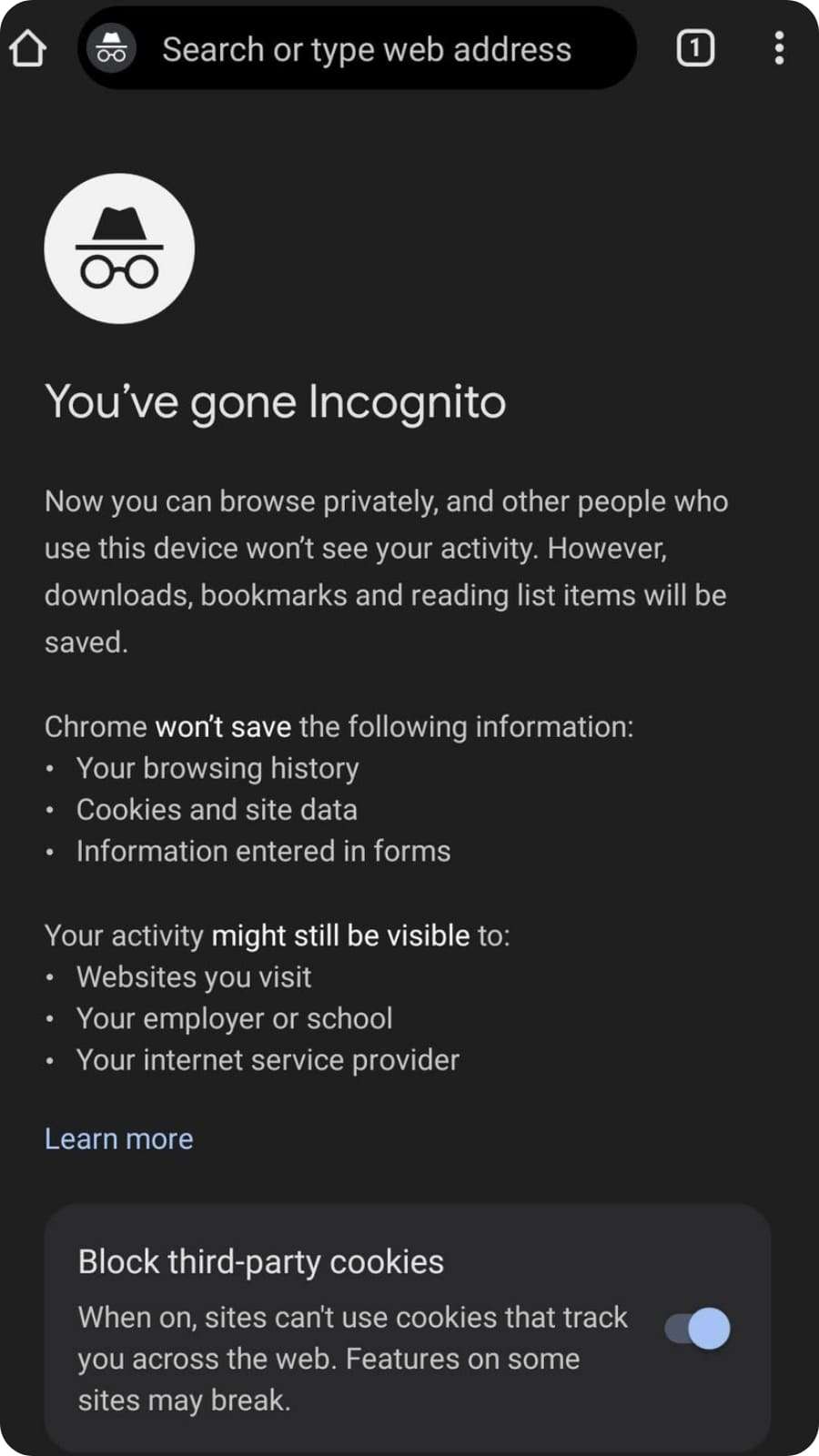
- Open your Android phone, then launch Chrome and locate the tab switcher at the top bar.
- Tap on the incognito icon, which displays all open private browsing sessions currently in use.
- Swipe each tab to the left or right, or tap the “X” icon to close incognito tabs manually.
- Make sure to close all tabs to fully get out of incognito mode, otherwise session data remains.
- Unlike computers, Android does not allow direct methods to lock incognito or block private mode.
5. How to Exit Private Mode on an iPhone:
- Open Safari or Google Chrome on your iPhone and tap the tab switcher to view open windows.
- Select the incognito mode on an iPhone, which usually has a dark background and different tab colors.
- Tap “Close All Tabs” or swipe them individually to end your incognito browsing session.
- Once all tabs are gone, tap the “Private” button again to switch back to regular browsing mode.
- If you want to restrict private browsing mode, go to Screen Time settings and enable content restrictions.
FAQs
1. Can I switch between incognito and regular tabs?
Yes, just tap the tab switcher and choose either normal or incognito tabs as needed.
2. What is the incognito icon?
It’s a dark theme with a hat and glasses, indicating you are browsing privately.
3. Can I lock incognito tabs in Chrome?
Yes, go to Chrome settings and enable the lock for incognito tabs under privacy options.
4. How to close all incognito windows at once?
Use the “Close All Incognito Tabs” option from the tab overview or close the app entirely.
5. Is private browsing the same on every browser?
Not exactly. Chrome calls it “incognito,” Firefox and Edge use “InPrivate,” Safari calls it “Private.”



